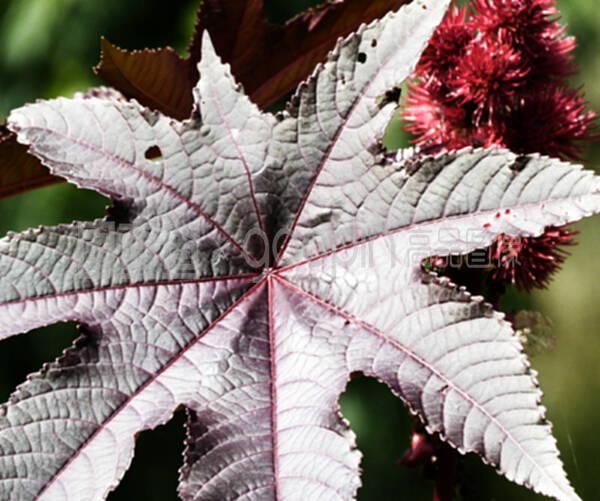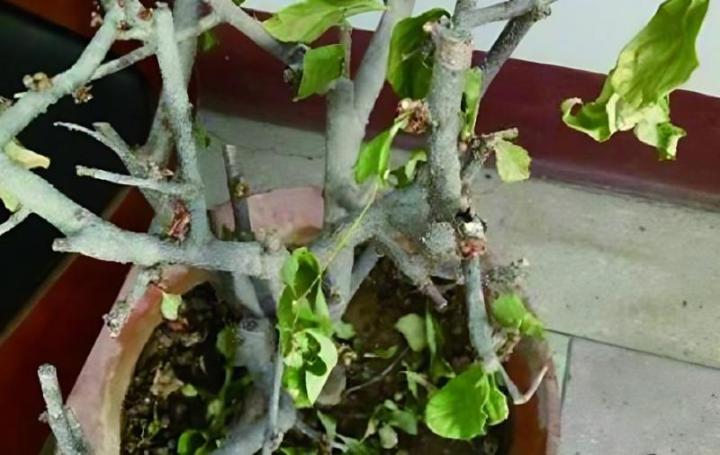柠檬繁殖方法:了解如何在家中成功繁殖柠檬树,让您的花园增添生机与活力。 This comprehensive guide provides all the essential information you need to propagate lemons successfully.
Understanding Lemon Propagation
Lemon trees, known for their vibrant color and zesty flavor, can be propagated through various methods. Whether you're an experienced gardener or a beginner, propagating lemons can be a rewarding endeavor. In this article, we'll explore the most effective techniques to help you grow your own lemon trees from cuttings, seeds, or grafting.
Propagation through Cuttings
One of the most common methods of lemon propagation is through cuttings. Here’s how you can do it: 1. Selecting the Right Cutting: Choose a healthy lemon tree with mature branches. Look for a stem that is neither too young nor too old. The ideal cutting should be about 6-8 inches long and have a few leaves. 2. Preparing the Cutting: Using a clean, sharp knife, cut the stem at a 45-degree angle. Remove the leaves from the lower half of the cutting to prevent rotting. Dip the cut end in rooting hormone to encourage root growth.
3. Planting the Cutting: Fill a small pot with a well-draining potting mix. Make a hole in the center and insert the cutting. Gently firm the soil around the cutting and water it lightly. 4. Creating a Humid Environment: Cover the pot with a plastic bag to create a mini greenhouse effect. This helps maintain high humidity levels, which are essential for root development.Propagation through Seeds
If you prefer a more natural approach, propagating lemons from seeds might be the way to go. 1. Seed Selection: Choose a ripe lemon and extract the seeds. Make sure to remove any pulp from the seeds as this can cause them to rot. 2. Planting the Seeds: Plant the seeds in a seed-starting mix. Sow them about 1/2 inch deep and keep the soil moist but not waterlogged. 3. Germination: Place the pot in a warm, well-lit area but out of direct sunlight. Germination can take several weeks, so be patient.
Grafting Lemon Trees
Grafting is another technique that allows you to combine the best traits of two plants. Here’s a brief overview: 1. Choosing Rootstock and Scion: Select a healthy lemon tree as the rootstock. The scion should come from a tree with desirable fruit characteristics.
2. Making the Cut: Make a diagonal cut on both the rootstock and the scion. Ensure the cuts align perfectly to maximize the grafting success. 3. Joining and Sealing: Join the cuts together and secure them with grafting tape. Apply grafting wax to seal the joint and prevent moisture loss.Aftercare and Maintenance
Regardless of the method used, proper aftercare is crucial for the success of your lemon propagation. 1. Watering: Keep the soil consistently moist but avoid overwatering, as this can lead to root rot. 2. Light: Provide bright, indirect light to the young plants. Direct sunlight can be harmful, especially in the early stages. 3. Temperature: Maintain a warm environment, ideally between 65-75°F (18-24°C). Cold temperatures can slow down growth or cause damage.
In conclusion, lemon propagation is a feasible and enjoyable process that can bring a touch of freshness to your garden. Whether you choose cuttings, seeds, or grafting, with the right technique and care, you can successfully grow your own lemon trees. Start your journey today and enjoy the fruits of your labor in no time.











